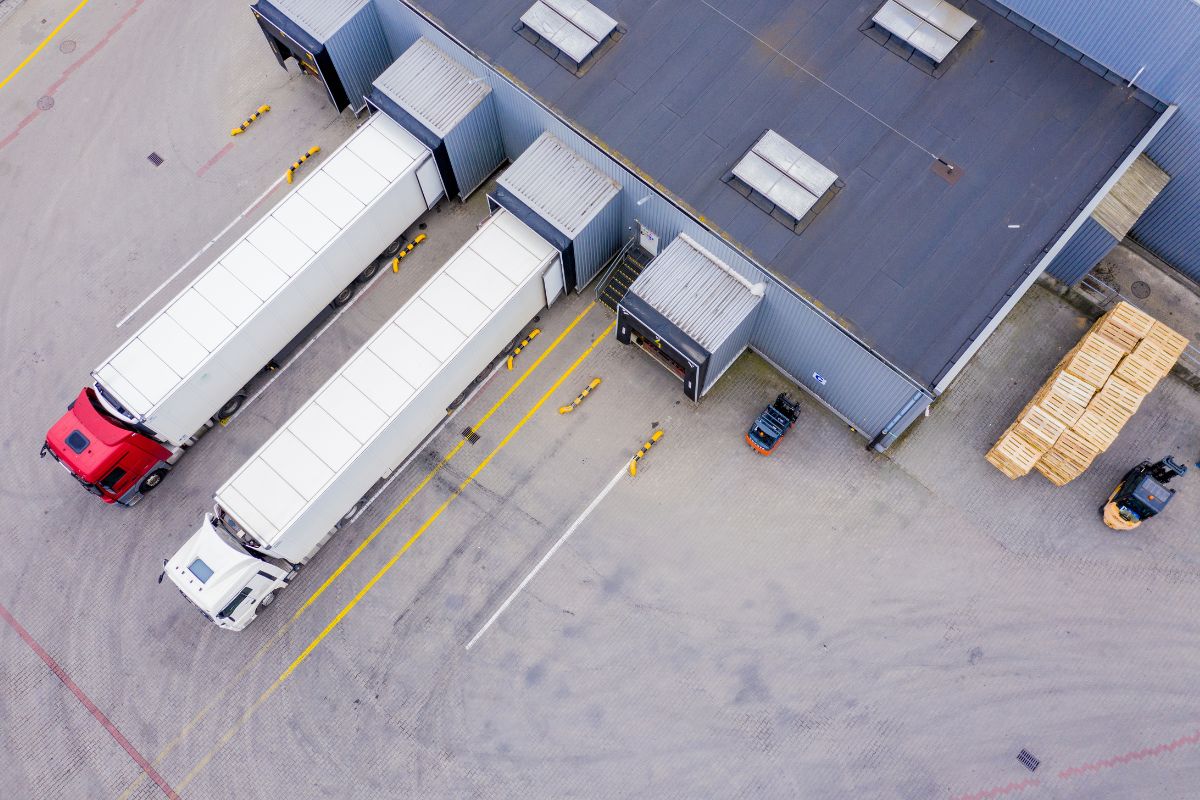2025
Choosing Between Cross-Docking and Transloading for Calgary Businesses

For Calgary businesses involved in shipping and distribution, efficiency in handling goods is essential. And to help streamline the process, many businesses will look into common strategies such as cross-docking and transloading.
While they may seem similar, each method has unique advantages that suit different supply chain needs. Choosing the right approach can save time, lower costs, and improve customer satisfaction.
What Cross-Docking Offers
Cross-docking focuses on minimizing storage time by moving products directly from inbound trucks to outbound trucks. Instead of sitting in a warehouse, goods are quickly sorted and shipped to their next destination. This method works well for time-sensitive products, retail replenishment, or businesses that rely on just-in-time inventory models.
The benefits of cross-docking often include:
- Faster delivery speeds with limited storage requirements
- Reduced inventory holding costs
- Less risk of product damage or spoilage
- Efficient handling of high-volume shipments
For Calgary businesses supplying retailers or managing fast-moving consumer goods, cross-docking provides speed and cost control. However, it requires precise coordination between suppliers, carriers, and customers to avoid delays.
How Transloading Works
Transloading is the process of transferring cargo from one transportation mode to another, such as moving goods from rail to truck.
This approach is especially valuable in Calgary, where rail access connects the Prairies to ports on both coasts. By switching modes, businesses can take advantage of cost savings from bulk rail shipments while still ensuring last-mile delivery flexibility.
The main advantages of transloading include:
- Lower transportation costs through use of rail or ocean freight for long distances
- Flexibility to combine different shipping modes for efficiency
- Access to multiple markets across North America
- Simplified handling of international shipments through ports and customs
Transloading is particularly beneficial for bulk goods, heavy materials, or international cargo entering Western Canada. For companies balancing cost efficiency with geographic reach, it can be a smart solution.
Factors to Consider When Choosing
Both cross-docking and transloading bring unique advantages, but the best choice depends on a company’s specific needs.
Businesses should evaluate shipment size, product type, and customer requirements before deciding. For instance, perishable or time-sensitive goods benefit from cross-docking, while heavy freight moving long distances may be better suited for transloading.
Other key factors to weigh include:
- Type of product and handling requirements
- Speed versus cost as a priority in the supply chain
- Availability of infrastructure such as rail lines or distribution hubs
- Customer expectations around delivery timelines
Looking closely at these factors helps businesses align their logistics approach with both operational needs and market demands.
Making the Right Call Leads to Improved Efficiency
Cross-docking and transloading are powerful tools for Calgary businesses looking to strengthen their logistics strategies. While cross-docking emphasizes speed and efficiency, transloading focuses on cost savings and flexibility across transport modes.
By evaluating product requirements, delivery expectations, and infrastructure access, businesses can choose the method that best supports their supply chain.
The Pacific Coast Distribution Calgary Warehouse is a state of facility providing full-service transportation and warehouse storage services to manufacturers across Canada and the US.
Our asset-based freight transportation, industry knowledge, and strategic location can vastly improve your supply chain and distribution services.
